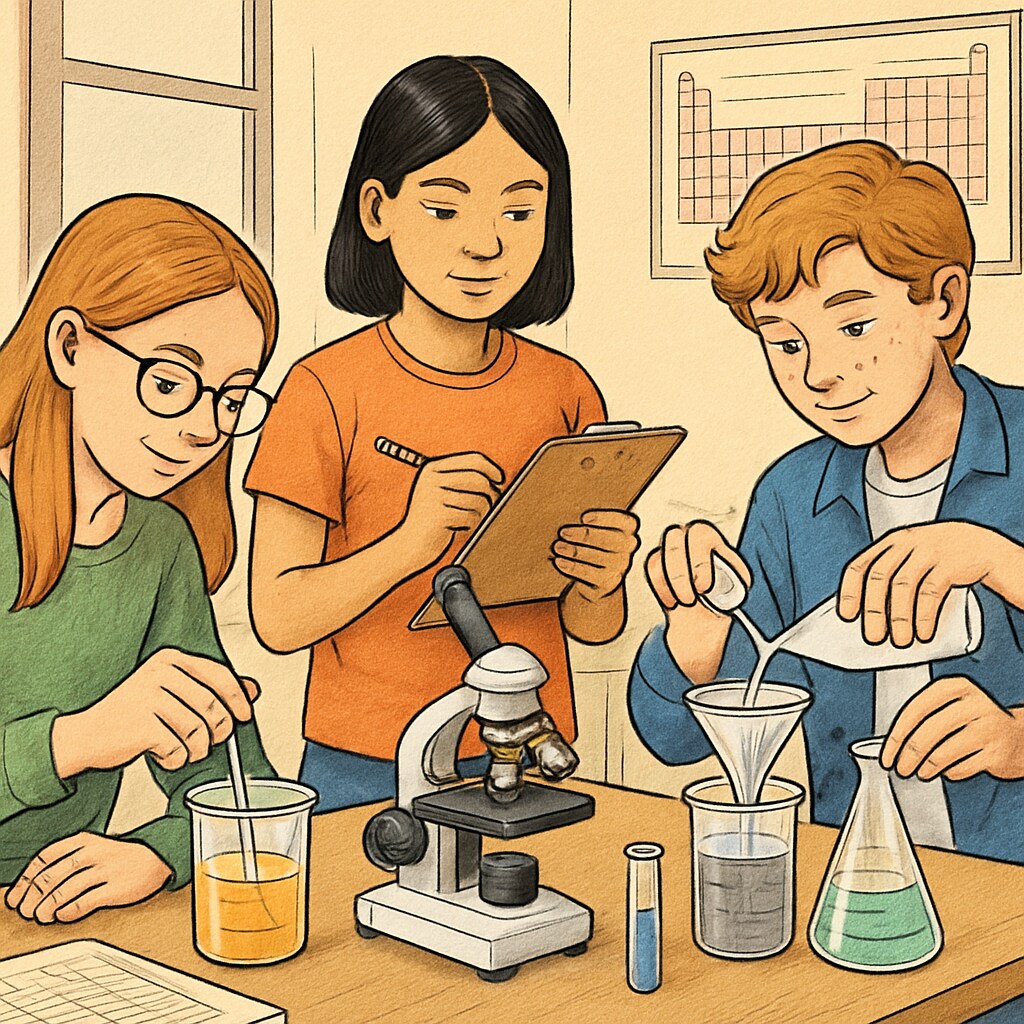The OpenSciEd Middle School Community is revolutionizing science education by providing educators with a dynamic space for collaboration, resource sharing, and innovation. This new platform is designed to enhance K-12 science education by addressing critical challenges and nurturing connections among teachers, curriculum developers, and researchers. By offering open-access resources and fostering discussions, OpenSciEd is becoming an invaluable asset in modern classrooms.
Empowering Educators Through Collaboration
One of the most significant benefits of the OpenSciEd Middle School Community is its emphasis on collaboration. Teachers often face challenges in accessing high-quality, research-backed curriculum materials. OpenSciEd bridges this gap by offering free, standards-aligned resources that can be adapted to diverse classroom needs. In addition, the platform encourages educators to share teaching strategies and experiences, creating a supportive and innovative network.

For example, OpenSciEd’s interactive forums allow teachers to pose questions, seek advice, and share feedback on curriculum implementation. This collaborative approach not only enhances individual teaching practices but also contributes to the continuous improvement of educational resources. Such engagement is vital as educators strive to meet Next Generation Science Standards (NGSS), which require a shift toward inquiry-based learning and interdisciplinary teaching.
Transforming Science Education Practices
OpenSciEd’s impact extends beyond providing resources; it is helping redefine how science is taught in middle schools. By prioritizing inquiry-based learning, the platform supports lessons where students actively participate in scientific investigations instead of passively absorbing information. This approach aligns with modern pedagogical research, which highlights the importance of critical thinking and problem-solving skills in STEM (science, technology, engineering, and mathematics) education.

Additionally, OpenSciEd integrates real-world phenomena into its curriculum, making lessons more relevant and engaging. For instance, students might explore climate change by analyzing local data or study ecosystems through field observations. Such experiences not only deepen scientific understanding but also foster a sense of curiosity and responsibility toward the world around them.
The Future of OpenSciEd’s Impact
As OpenSciEd continues to expand, its potential to transform K-12 science education grows. By addressing inequities in access to quality curriculum materials, the platform is helping bridge the gap in educational opportunities across different regions and school districts. Furthermore, its community-driven approach ensures that educators from diverse backgrounds can contribute their expertise, creating a richer and more inclusive educational landscape.
In the long term, OpenSciEd’s emphasis on collaboration and innovation could inspire similar initiatives in other subjects and grade levels. By showing the power of open-access resources paired with a strong community, it sets a precedent for how educational reform can be achieved in a sustainable and impactful way.
For educators seeking to transform their teaching practices and connect with like-minded professionals, OpenSciEd provides a unique opportunity to be part of a growing movement. As a result, this community is not just a tool—it is a bridge connecting science educators and empowering them to shape the future of learning.
Readability guidance: This article emphasizes short paragraphs and lists to maintain clarity. It uses active voice and integrates transition words to ensure flow. The content is structured to provide actionable insights and inspire engagement with the OpenSciEd Community.


